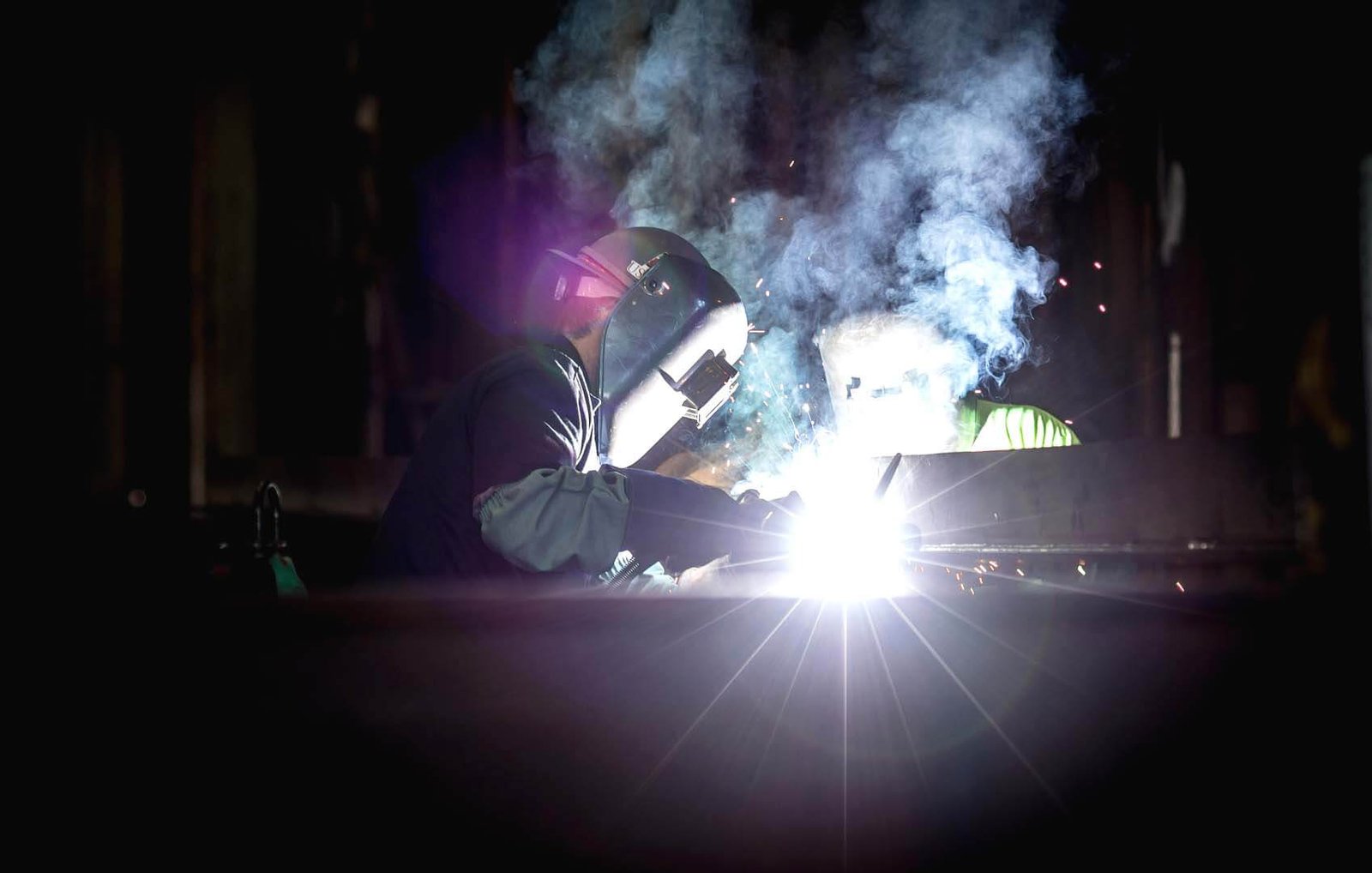 TIG and MIG welding are two types of arc welding, using an inert gas and metal electrode as a shield from oxidation at very high temperatures. Both welding types are easy to learn, and the welding process can be carried on all common resources.
TIG and MIG welding are two types of arc welding, using an inert gas and metal electrode as a shield from oxidation at very high temperatures. Both welding types are easy to learn, and the welding process can be carried on all common resources.
What is the meaning of MIG welding?
MIG in complete means metal inert gas, also called metal active gas or gas metal arc welding. It is a method of welding using shielding gas, and consumable metal electrodes are utilized to cover the welding area from atmospheric oxygen and other contaminants. It was initially discovered for aluminum welding but later developed to weld any other aspects. MIG welding offers a faster welding rate than other processes of welding.
MIG welding utilizes the electric arc to heat metals and joins the pieces together. In this welding, the electrode functions like a filler that is spent and deposited on the destination of welding. The task can either be semi-automatic or automatic. The primary gas used for shielding is argon, which sometimes gets combined with carbon IV oxide on the surface.
The advantages of this type of welding are the quickness and user-friendliness of the welding process. It is also cheaper than TIG welding. The electrodes produce a less stable arc; therefore, the reliability of the weld sections becomes an issue. More sparks, fumes, and smoke are created during welding, making the procedure less clean. This type of welding needs more safety. So, before welding, you must wear safety equipment such as welding boots, welding jackets or welding shirts, welding helmets, and knee pads, and to protect your welding equipment from the spark, you should use a welding blanket.
What is the meaning of TIG welding?
TIG stands for Tungsten Inert Gas welding. The electrode utilized in the weld is a tungsten electrode, and Argon is the only used gas. Although the overall mechanism of the welding process is similar to MIG welding, TIG welding has a crucial difference in the filling. Because the electrode is not consumable, the filler will be externally provided, or else, while welding thin metallic sheets, no padding is employed.
In working, TIG welding is a process that is semi-automatic where the arc continues to get controlled by the foot pedal. This welding is employed when joining non-ferrous metals but can also be used for iron alloys.
The tungsten electrode is utilized to reduce contamination during the process of welding. The electric current from the tungsten electrode creates fewer fumes and sparks; therefore, the weld is cleaner than MIG cleaning. Because contamination is low, the welding precision is also high. Nevertheless, the complexity of the welding process and cost are the main drawbacks in TIG welding against MIG welding, where the welder needs to be proficient. The setup also requires more effort and time than MIG welding.
What is the Difference Between Mig and Tig Welding?
- The electrode used in MIG welding is the same metal undergoing welding, while the tungsten electrode is used in TIG welding.
- Electrodes of MIG welding are consumable and act as fillers, while the TIG electrodes are non-consumable, and the filler needs to come from the external side.
- The utilized gas in MIG welding is a mixture of carbon dioxide and Argon, while in TIG, Argon is the only employed gas.
- MIG welding is employed for non-ferrous alloys but can be used for steel welding, while TIG welding can be utilized for other metals.
- TIG welding needs more practice than MIG because of tighter tolerances and complexity to be maintained, while MIG welding is user-friendly.
- TIG is cleaner than MIG and involves less contamination
Therefore, the major difference between TIG and MIG welding is that MIG utilizes a wire that feeds the welding machine, while TIG uses long rods that have to be separately held and provided in the weld puddle. As TIG needs both hands of the welder, it is easier to get grips with MIG.
TIG is technical to learn and requires a refined technique, a torch at a particular angle, and the best deal of care. This means that even though the results may be visually appealing and cleaner, they cannot be rushed, so it is not good if you require high welding volumes. As a choice, MIG is better for large-scale production as it does not need to be very accurate to be strong.
Which One is better?
The answer is dependent on the application. As noted earlier, MIG welding is better for welding work where thicker, larger metal pieces are joined since it employs the filler material.
Nevertheless, TIG welding can perform wonders for joining small metallic pieces like wires for the custom steel basket. Also, since the TIG welding process joins two metals directly, there is no filler material for failure, meaning you will spend less on welding supplies.
With robotic welding equipment, TIG can be lower-maintenance because the welding process does not consume the welding electrode regularly. Nevertheless, the welding electrode must be polished and appropriately cleaned, especially when welding steel. Choosing the solution needs to be done in each case.
Leave a Reply